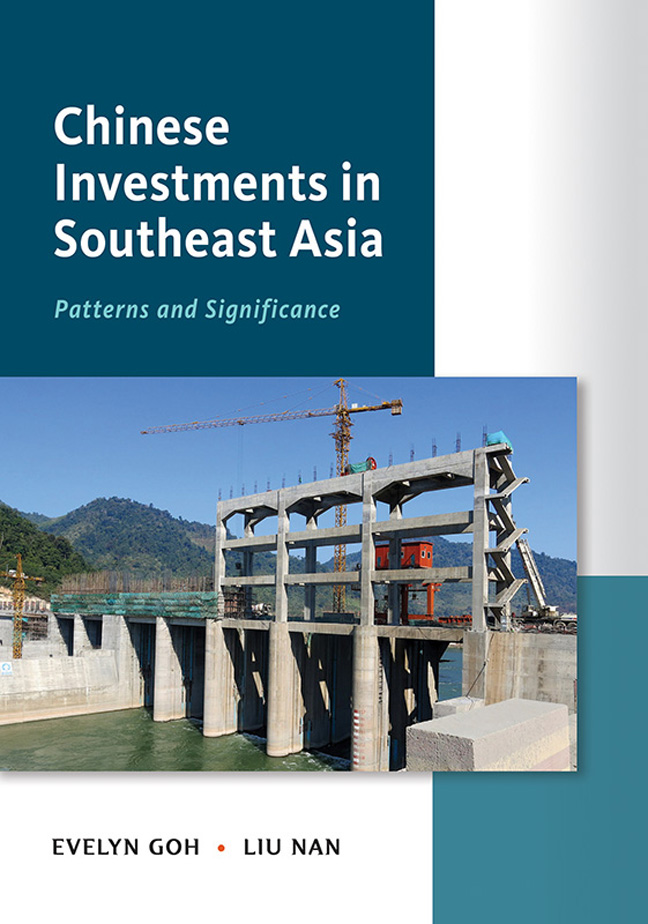92 results
Instability and transition control by steady local blowing/suction in a hypersonic boundary layer
-
- Journal:
- Journal of Fluid Mechanics / Volume 990 / 10 July 2024
- Published online by Cambridge University Press:
- 14 August 2024, A17
-
- Article
- Export citation
Deblending overlapping galaxies in DECaLS using transformer-based algorithm: A method combining multiple bands and data types
-
- Journal:
- Publications of the Astronomical Society of Australia / Volume 41 / 2024
- Published online by Cambridge University Press:
- 19 March 2024, e035
-
- Article
- Export citation
Alexithymia and peer victimisation: interconnected pathways to adolescent non-suicidal self-injury – ERRATUM
-
- Journal:
- BJPsych Open / Volume 10 / Issue 2 / March 2024
- Published online by Cambridge University Press:
- 18 March 2024, e65
-
- Article
-
- You have access
- Open access
- HTML
- Export citation
Alexithymia and peer victimisation: interconnected pathways to adolescent non-suicidal self-injury
-
- Journal:
- BJPsych Open / Volume 10 / Issue 2 / March 2024
- Published online by Cambridge University Press:
- 12 February 2024, e46
-
- Article
-
- You have access
- Open access
- HTML
- Export citation
Conditional analysis on extreme wall shear stress and heat flux events in compressible turbulent boundary layers
-
- Journal:
- Journal of Fluid Mechanics / Volume 974 / 10 November 2023
- Published online by Cambridge University Press:
- 03 November 2023, A38
-
- Article
- Export citation
Section 1 - Overview and Analysis
-
- Book:
- Chinese Investments in Southeast Asia
- Published by:
- ISEAS–Yusof Ishak Institute
- Published online:
- 26 March 2024
- Print publication:
- 06 September 2023, pp 1-38
-
- Chapter
- Export citation
List of Tables
-
- Book:
- Chinese Investments in Southeast Asia
- Published by:
- ISEAS–Yusof Ishak Institute
- Published online:
- 26 March 2024
- Print publication:
- 06 September 2023, pp x-xi
-
- Chapter
- Export citation
List of Figures
-
- Book:
- Chinese Investments in Southeast Asia
- Published by:
- ISEAS–Yusof Ishak Institute
- Published online:
- 26 March 2024
- Print publication:
- 06 September 2023, pp vii-ix
-
- Chapter
- Export citation
APPENDIX
-
- Book:
- Chinese Investments in Southeast Asia
- Published by:
- ISEAS–Yusof Ishak Institute
- Published online:
- 26 March 2024
- Print publication:
- 06 September 2023, pp 109-126
-
- Chapter
- Export citation

Chinese Investments in Southeast Asia
- Patterns and Significance
-
- Published by:
- ISEAS–Yusof Ishak Institute
- Published online:
- 26 March 2024
- Print publication:
- 06 September 2023
Executive Summary
-
- Book:
- Chinese Investments in Southeast Asia
- Published by:
- ISEAS–Yusof Ishak Institute
- Published online:
- 26 March 2024
- Print publication:
- 06 September 2023, pp xiii-xiii
-
- Chapter
- Export citation
Section 2 - Quantitative Report
-
- Book:
- Chinese Investments in Southeast Asia
- Published by:
- ISEAS–Yusof Ishak Institute
- Published online:
- 26 March 2024
- Print publication:
- 06 September 2023, pp 39-108
-
- Chapter
- Export citation
Acknowledgements
-
- Book:
- Chinese Investments in Southeast Asia
- Published by:
- ISEAS–Yusof Ishak Institute
- Published online:
- 26 March 2024
- Print publication:
- 06 September 2023, pp xii-xii
-
- Chapter
- Export citation
Frontmatter
-
- Book:
- Chinese Investments in Southeast Asia
- Published by:
- ISEAS–Yusof Ishak Institute
- Published online:
- 26 March 2024
- Print publication:
- 06 September 2023, pp i-iv
-
- Chapter
- Export citation
Contents
-
- Book:
- Chinese Investments in Southeast Asia
- Published by:
- ISEAS–Yusof Ishak Institute
- Published online:
- 26 March 2024
- Print publication:
- 06 September 2023, pp v-vi
-
- Chapter
- Export citation
Endnotes
-
- Book:
- Chinese Investments in Southeast Asia
- Published by:
- ISEAS–Yusof Ishak Institute
- Published online:
- 26 March 2024
- Print publication:
- 06 September 2023, pp 127-134
-
- Chapter
- Export citation
About the Authors
-
- Book:
- Chinese Investments in Southeast Asia
- Published by:
- ISEAS–Yusof Ishak Institute
- Published online:
- 26 March 2024
- Print publication:
- 06 September 2023, pp xiv-xiv
-
- Chapter
- Export citation
Index
-
- Book:
- Chinese Investments in Southeast Asia
- Published by:
- ISEAS–Yusof Ishak Institute
- Published online:
- 26 March 2024
- Print publication:
- 06 September 2023, pp 135-139
-
- Chapter
- Export citation
Instability evolution of a shock-accelerated thin heavy fluid layer in cylindrical geometry
-
- Journal:
- Journal of Fluid Mechanics / Volume 969 / 25 August 2023
- Published online by Cambridge University Press:
- 10 August 2023, A6
-
- Article
- Export citation
Reduced-order variational mode decomposition to reveal transient and non-stationary dynamics in fluid flows
-
- Journal:
- Journal of Fluid Mechanics / Volume 966 / 10 July 2023
- Published online by Cambridge University Press:
- 28 June 2023, A7
-
- Article
-
- You have access
- HTML
- Export citation






